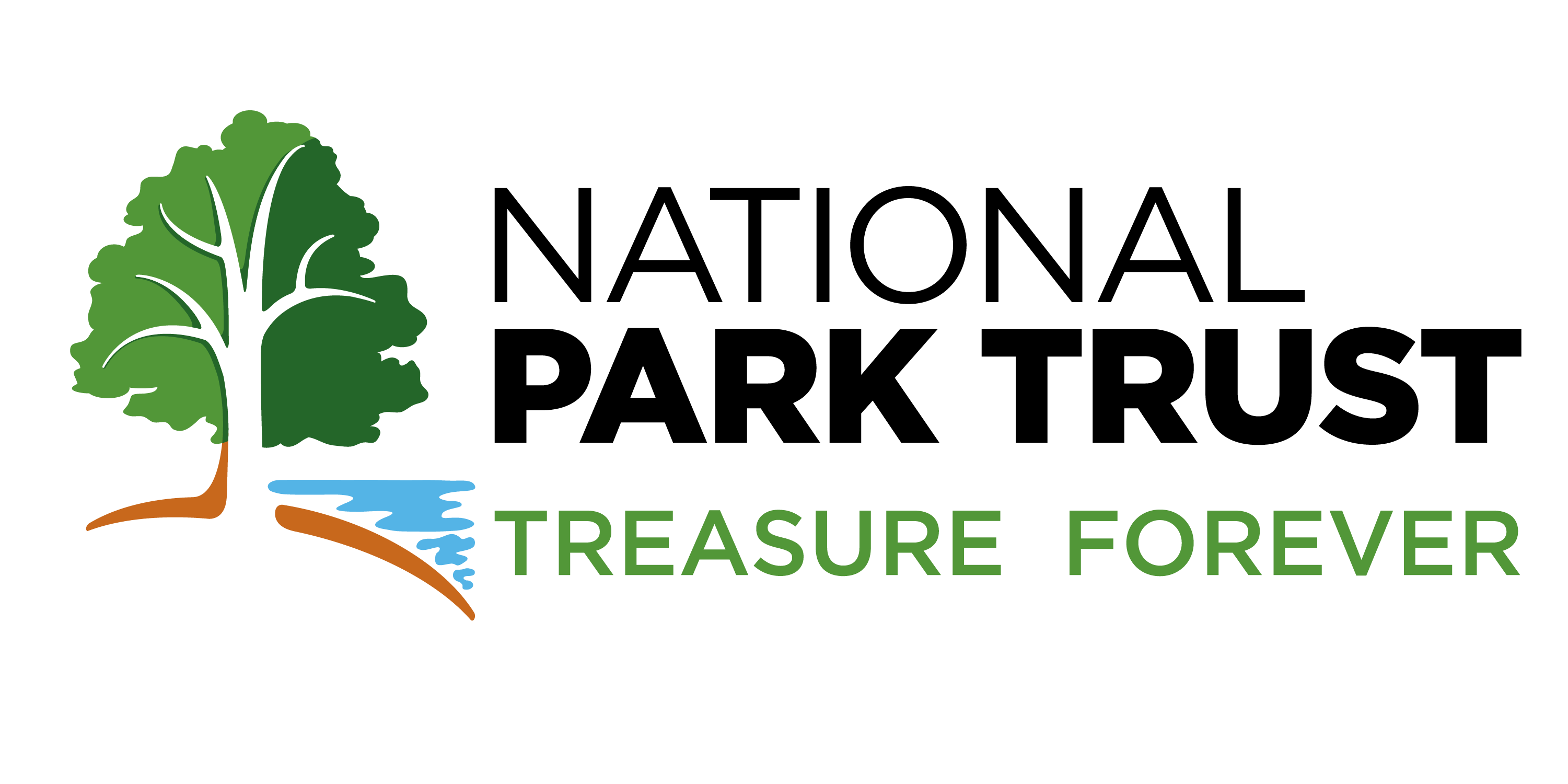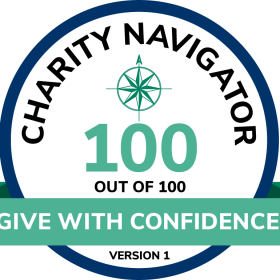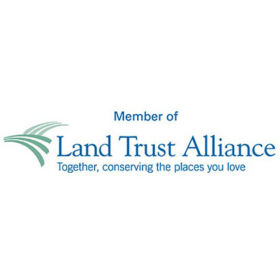Following the Migration of the Ojibwe
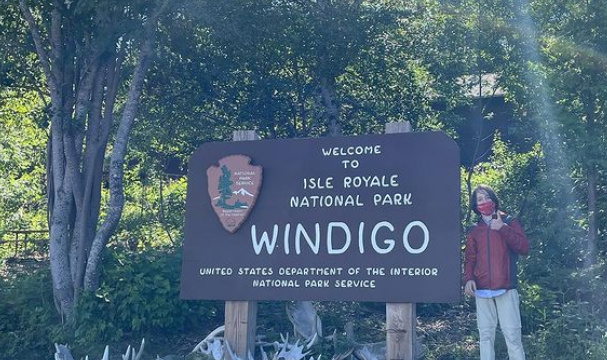
Boozhoo! This summer my family and I studied the Ojibwe people. About 500 years ago, the Great Creator told them to go to the place where the food grows on the water. In order to get there, they followed a megis (turtle) shell to their destination to Lake Superior where rice grew on the water. When they saw the wild rice, they knew they reached their destination and that this is where they would live. This is the migration story of the Grand Portage Ojibwe and Lake Superior Chippewa, a branch of the Ojibwe Nation.
Before the Ojibwe moved west, they lived mostly around the northeast. Many started to move west after the Megis prophecy and because the early European settlers pushed them out of their native lands. They followed the path of the St. Lawrence river and made their way around the Great Lakes to where they are still settled today.
This summer my Mom and I traveled from Maine and the southern Great Lakes – we were not able to cross into Canada because the border was closed due to COVID. We spent several weeks at Apostle Islands National Lakeshore (WI), Grand Portage National Monument (MN), the Grand Portage Ojibwe Reservation, Isle Royale National Park (MI), and Voyageurs National Park (MN). We went as far west as Fort Union Trading Post National Historic Site in North Dakota, above Theodore Roosevelt National Park. Unlike the Great Plain Indians like the Lakota, Sioux, and Dakota, the Lake Superior Ojibwe were a sedentary tribe meaning that they primarily stayed in place. They settled in what is now modern-day Minnesota, Wisconsin, and Michigan.
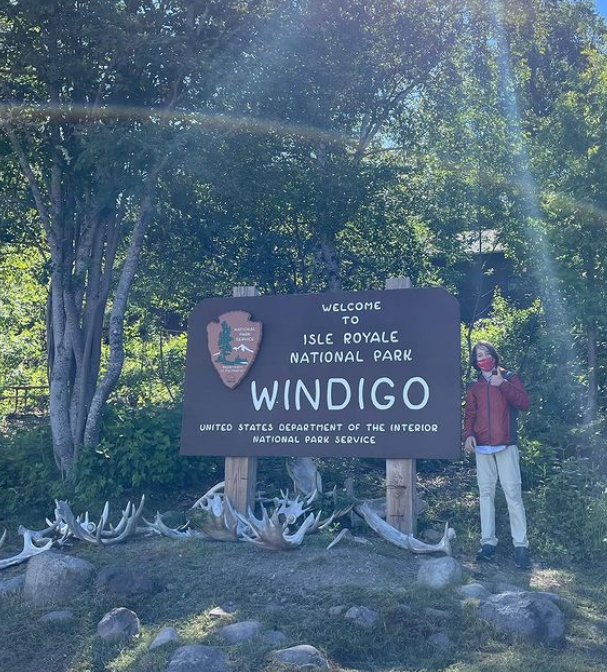
Our first study of the Ojibwe was at the Apostle Islands National Lakeshore where I learned a few words like “Boozhoo’, which means hello. At Grand Portage we learned about the harvesting of wild rice and birch bark for birch bark canoes. The birch bark was harvested when the fireflies first came out. The canoes were so strong and sturdy that the French Canadians used them in the beaver trade to carry hundreds of pounds per canoe. Grand Portage is called this because of the hunting trade and the birch bark canoes. Isle Royale is called Minong, meaning “the Good Place, “ a place to hunt, pick berries, and gather together. I loved Isle Royale National Park, and considering that it is the most revisited park, I’m not surprised I want to go back.
When we traveled to Voyageurs National Park, we were lucky to meet a member of the Ojibwe Nation and he gave us a ride in his boat around Rainy Lake. In Ojibwe, the Rainy Lake region is called the Gojijiing region, which the county is named after, “Koochiching.” Voyageurs National Park is mostly made up of water, and we spent the week camping beside Lake Kabetagoma and kayaking. We later traveled west to Fort Union Trading Post National Historic Site, a trading post for a group of Native American nations, one of which was the Ojibwe. We camped at the confluence of the Mississippi and Yellowstone rivers just 2 miles away from the Fort.
I highly recommend traveling along the Ojibwe migration path. Bring a boat, fishing pole, bathing suit, and mosquito repellent and you will have fun! If you do happen to visit the places where the Ojibwe reside, please be respectful and ask for permission to travel and walk on the lands. Whatever you do, enjoy your experiences at these amazing places!
Robbie Drinkard
Follow me on Instagram @nationalparkrobbie
